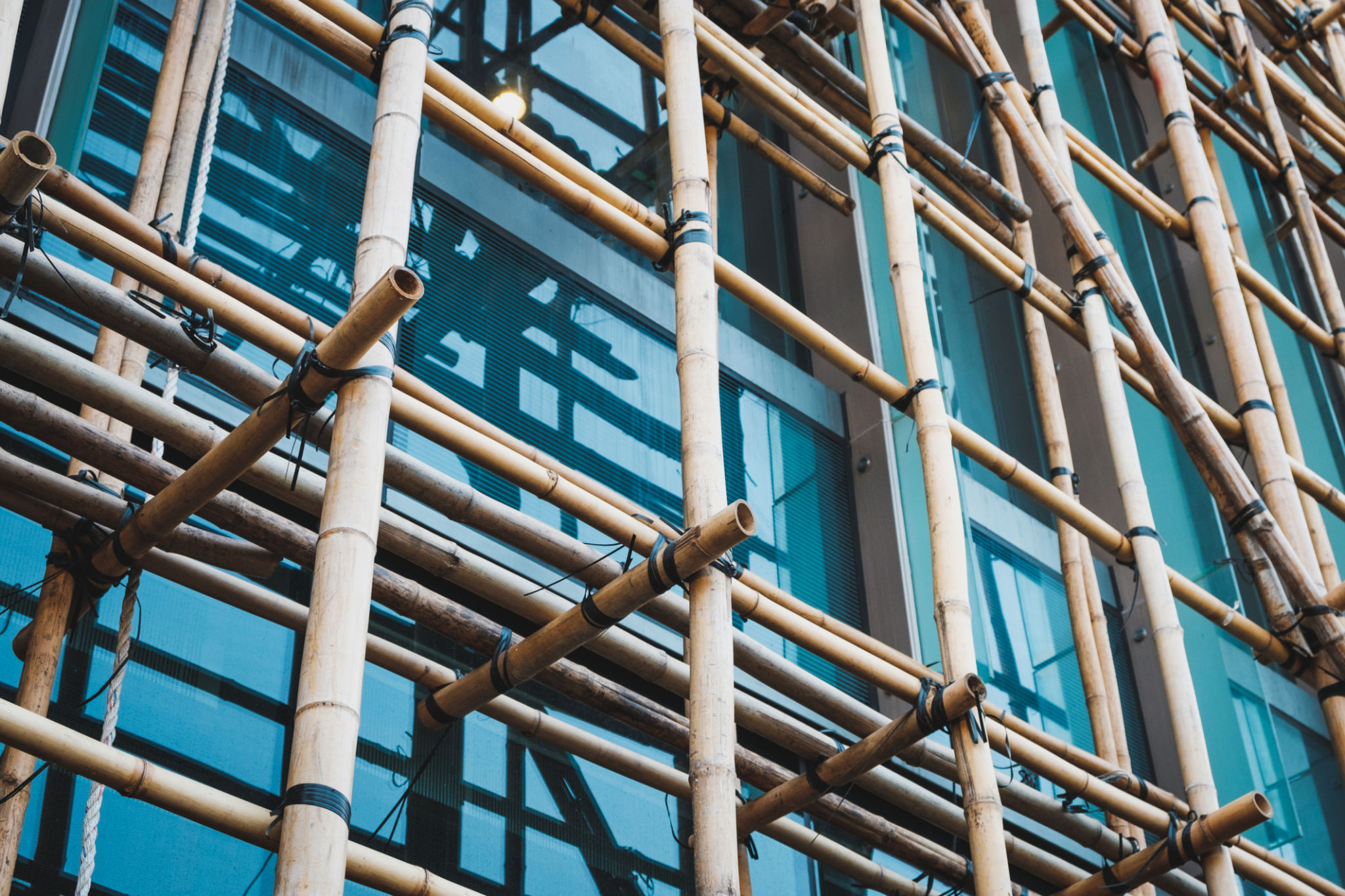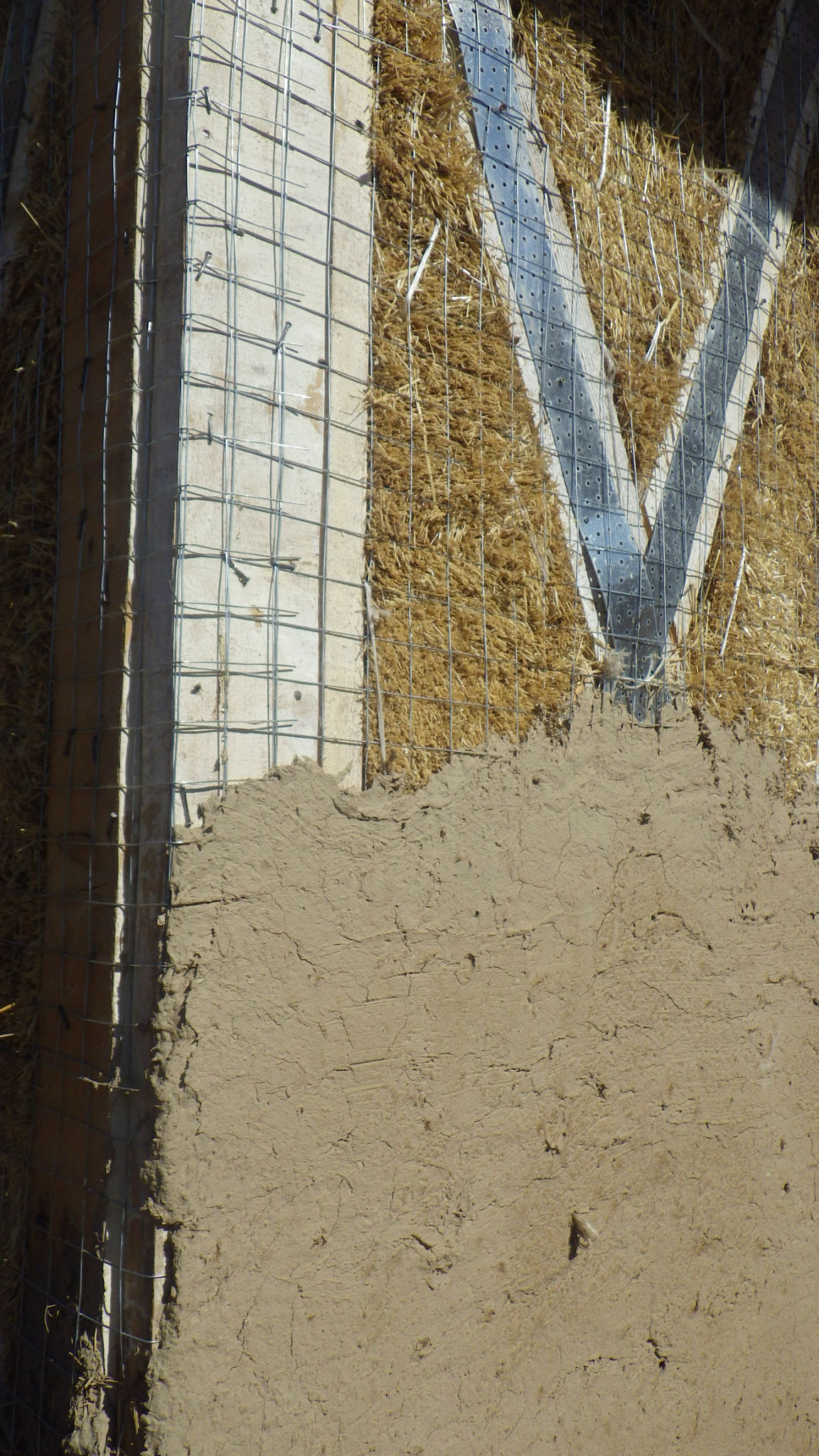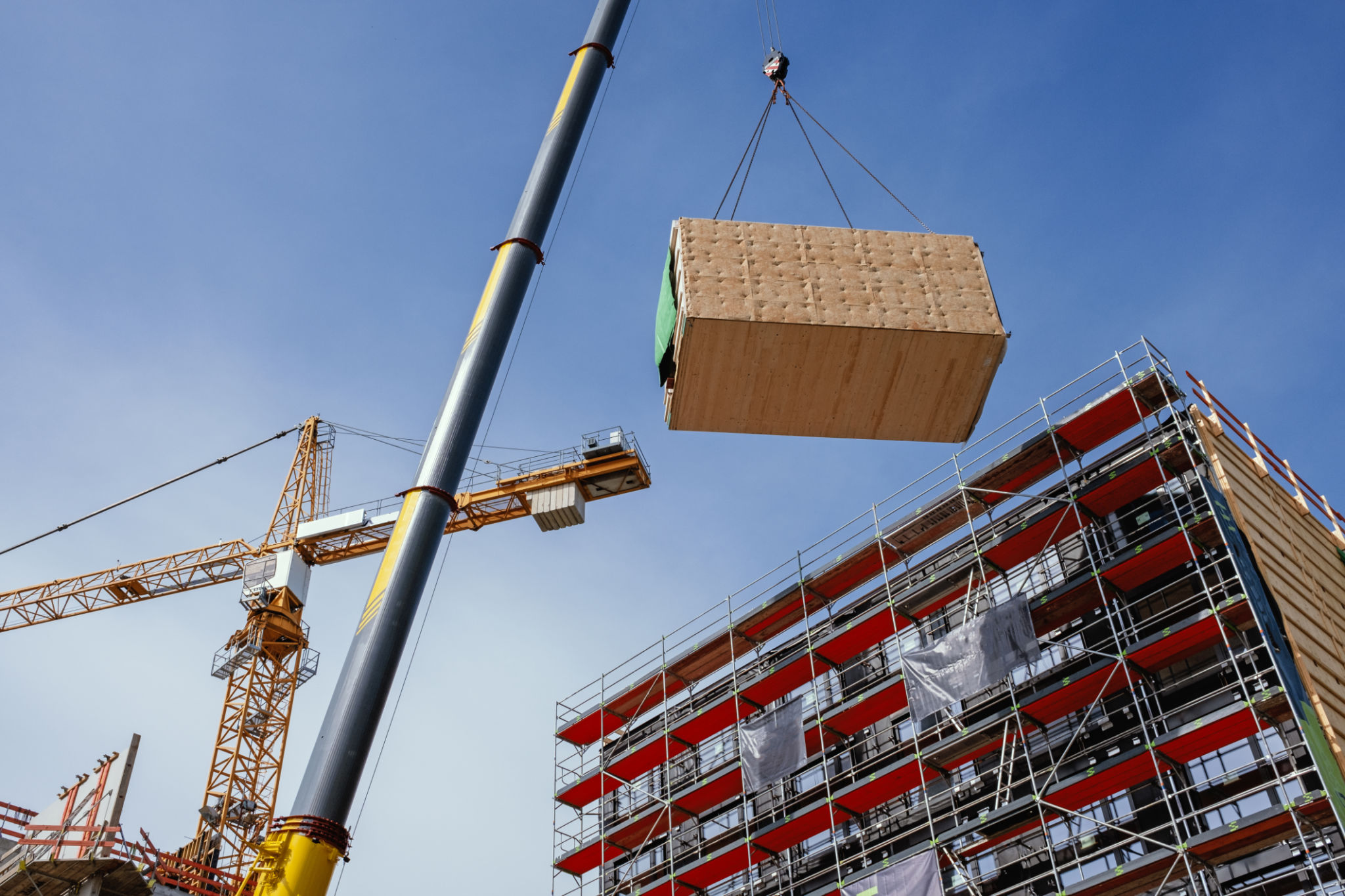Sustainable Building Materials: A Guide for Eco-Friendly Construction
Introduction to Sustainable Building Materials
As the world shifts towards more environmentally conscious practices, the construction industry is following suit by adopting sustainable building materials. These materials not only minimize environmental impact but also enhance energy efficiency and promote healthier living spaces. In this guide, we will explore various eco-friendly construction materials and their benefits.

Benefits of Using Sustainable Materials
Opting for sustainable building materials offers a multitude of advantages. Firstly, these materials reduce the carbon footprint of construction projects. Additionally, they often require less energy to produce, resulting in lower greenhouse gas emissions. Moreover, sustainable materials tend to be more durable, leading to longer-lasting structures and reduced maintenance costs.
Another benefit is the improvement of indoor air quality. Many conventional building materials release volatile organic compounds (VOCs) that can be harmful to health. Sustainable materials, however, are often made from non-toxic substances that contribute to a healthier indoor environment.
Common Sustainable Building Materials
Bamboo
Bamboo is a highly renewable resource due to its rapid growth rate. It is a versatile material used in flooring, cabinetry, and structural applications. Its strength and flexibility make it an excellent alternative to traditional wood.

Recycled Steel
Recycled steel is another eco-friendly option that reduces the need for mining new steel ore. It is incredibly strong and can be used for structural support in buildings. Using recycled steel can significantly cut down on construction waste and energy use.
Hempcrete
Hempcrete, made from the inner fibers of the hemp plant mixed with lime, is a lightweight yet durable material. It provides excellent insulation, naturally regulates humidity, and absorbs carbon dioxide, making it an ideal choice for sustainable building projects.

Factors to Consider When Choosing Materials
When selecting sustainable building materials, it is crucial to consider several factors. These include the material's lifecycle impact, energy efficiency, and cost-effectiveness. Additionally, sourcing local materials can further reduce transportation emissions and support the local economy.
It's also important to ensure that the materials are certified by recognized environmental standards. Certifications such as LEED (Leadership in Energy and Environmental Design) or the Forest Stewardship Council (FSC) can provide guidance on the sustainability of products.
Conclusion
Sustainable building materials are at the forefront of eco-friendly construction practices. By integrating these materials into your projects, you not only contribute to environmental preservation but also create healthier and more efficient living spaces. As technology and research continue to advance, the options for sustainable construction will only expand, making it easier than ever to build with the planet in mind.
